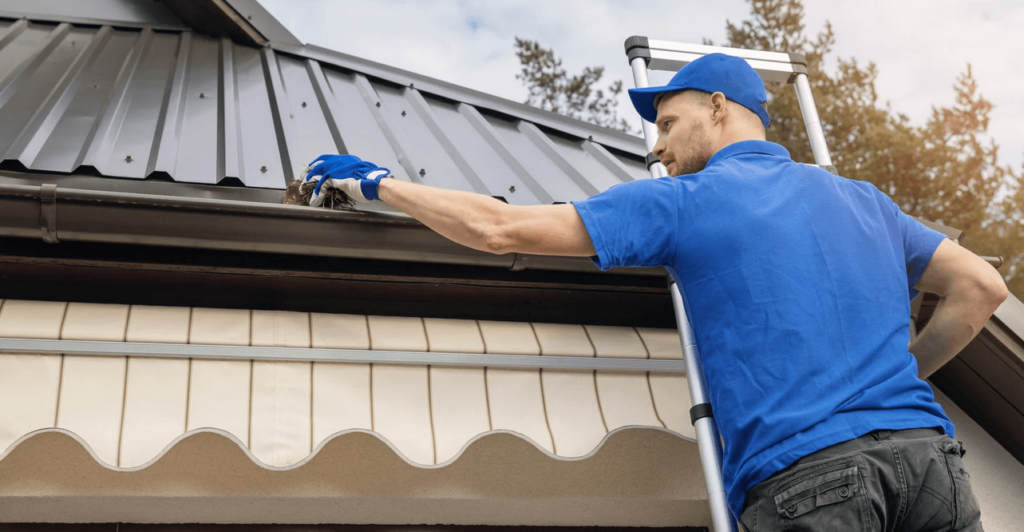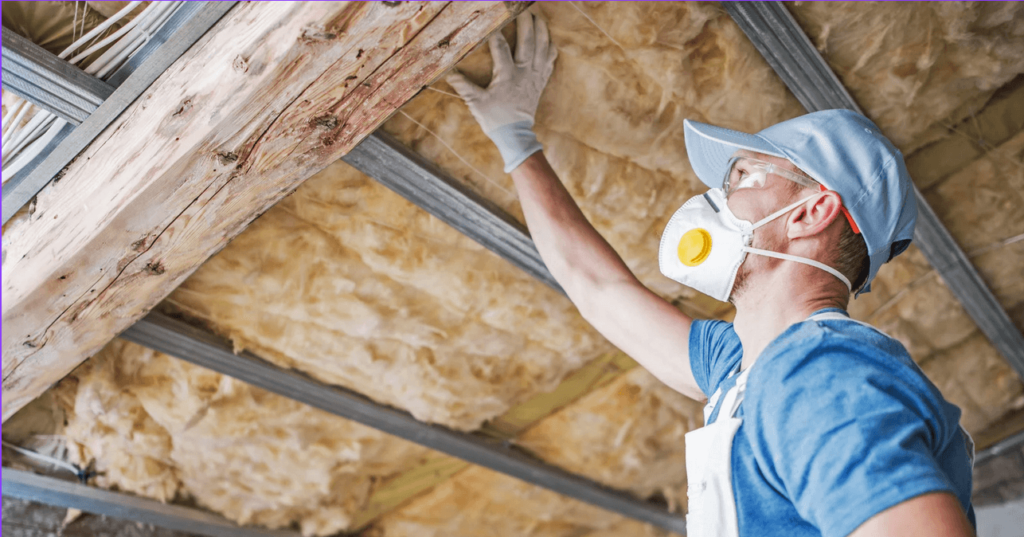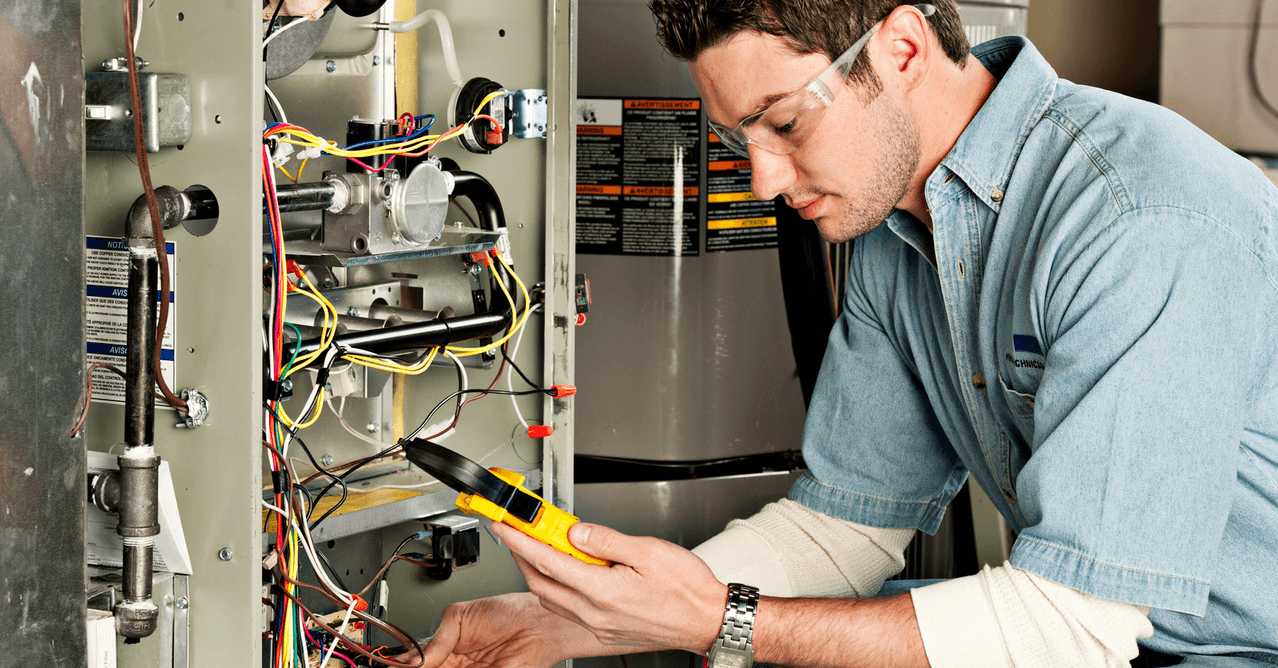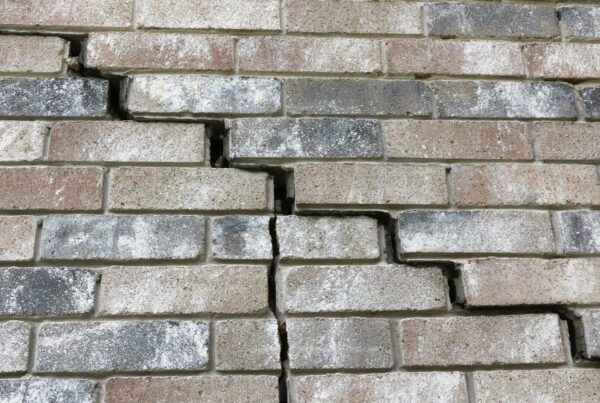As the chilly winds of Alberta’s winter begin to approach, ensuring that your home is prepared to withstand the freezing temperatures becomes a top priority. Winter-proofing your home is not only crucial for maintaining comfort during the coldest months of the year, but it is also an effective strategy to avoid potentially costly repairs and enhance energy efficiency. By taking the time to examine and reinforce your home’s insulation, heating systems, and structural integrity, you can significantly reduce heating costs and maintain a cozy indoor environment. This blog will guide you through essential pre-winter maintenance tasks, covering key areas such as insulation enhancements, heating system checks, and weatherproofing techniques. With these proactive measures, you can confidently face the upcoming winter’s challenges and protect your home from harsh weather impacts.
Why is it Important to Check My House Before Winter?
- Reduced Heating Costs: Regular maintenance and inspections can help identify and fix any inefficiencies within your heating system, leading to lower energy consumption and reduced utility bills throughout the winter months.
- Enhanced Comfort: Ensuring that your insulation and heating systems are in optimal condition guarantees a warm and cozy indoor environment, shielding you from the harsh cold outside.
- Prevention of Damage: Routine checks can help identify potential issues with your home’s structural integrity, such as leaks or weak spots, preventing costly repairs due to water damage or cold drafts.
- Increased Energy Efficiency: By upgrading insulation and sealing drafts, you can improve your home’s overall energy efficiency, which is not only environmentally friendly but also economically beneficial.
- Prolonged Lifespan of Equipment: Regular maintenance of heating systems and other appliances can increase their operational lifespan, maximizing your investment and reducing the need for frequent replacements.
- Peace of Mind: Knowing that your home is well-prepared to handle harsh winter conditions provides a sense of security and confidence for you and your family.
Inspecting and Sealing Windows and Doors
Identifying Drafts
One of the first steps in winter-proofing your home is to inspect your windows and doors for any drafts or air leaks. A simple way to identify drafts is to use the back of your hand to feel for any cool air entering the frames on a windy day. Alternatively, you can hold a lit candle or incense stick near the edges, observing the smoke for signs of air movement that indicate a leak. Be sure to check for gaps around window panes, door frames, and the space between the bottom of the door and the floor. Identifying these drafts is crucial in determining where your home may be losing warm air and where improvements are necessary.
Sealing and Insulating
Once you’ve identified drafts around your windows and doors, the next step is sealing and insulating these areas to prevent heat loss. Weatherstripping is an effective solution for door perimeters and window sashes, creating a tight seal that blocks out cold air. For static components, such as window frames and door jambs, using caulking is an excellent method to fill in any cracks or gaps. Moreover, consider installing insulation film over windows, which acts as an additional thermal barrier, keeping the warmth inside while being transparent so you don’t lose natural light. These methods not only enhance your home’s energy efficiency but also contribute to a more comfortable living environment during the winter months.
Roof and Gutter Maintenance

Inspecting the Roof
Before winter arrives, it is essential to conduct a thorough inspection of your roof to identify any existing issues that could worsen with the accumulation of snow and ice. Begin by examining the shingles for signs of damage such as curling, cracking, or missing tiles. Damaged shingles can allow moisture to seep into your home’s structure, leading to leaks and water damage. Pay close attention to the flashing around chimneys, vents, and skylights, ensuring it is secure and free from rust or cracks which could compromise its ability to keep water out. It’s also crucial to look for any sagging areas of the roof, as these may indicate hidden structural problems that need immediate attention. If you’re unable to safely inspect your roof yourself, consider hiring a professional to assess its condition and address any necessary repairs before winter sets in.
Cleaning and Maintaining Gutters
Maintaining your home’s gutters is critical in preventing ice dams and potential water damage during winter. Start by clearing leaves, twigs, and any debris that may have accumulated in your gutters, as clogs can restrict the flow of melting snow and ice, causing water to back up and freeze. This can lead to ice dams, which prevent proper drainage and can result in water seeping under shingles, damaging the roof structure. Using a sturdy ladder and appropriate tools, carefully remove the debris, and flush the gutters with water to ensure they are completely clear. It is equally important to check the downspouts for obstructions and ensure they direct water away from your home’s foundation. Regular gutter maintenance not only helps safeguard your property against harsh winter conditions but also extends the lifespan of your roofing system by preventing unnecessary wear and damage.
Preparing Your Heating System
Furnace Inspection and Cleaning
Regular maintenance of your furnace is a crucial element of efficient home heating. Beginning with changing the air filters monthly or as recommended by the manufacturer can dramatically improve your furnace’s performance, ensuring a consistent flow of clean and warm air throughout your home. Dirty filters reduce airflow, forcing the furnace to work harder, which not only increases energy consumption but also wear and tear on the system. Additionally, scheduling a professional inspection before the winter months can help identify potential issues such as worn components, loose connections, or carbon monoxide leaks, which could pose safety risks. Professional cleaning and adjustments can further enhance your furnace’s efficiency, extending its lifespan and helping you avoid unexpected breakdowns during the coldest months.
Sealing Ductwork
Sealing ductwork is another effective strategy to maximize the efficiency of your heating system. The network of ducts that transports warm air from your furnace to various rooms in your home can often develop gaps, holes, or disconnected sections, resulting in a loss of heated air. By professionally sealing these ducts, you can significantly reduce the amount of heat loss and ensure that more warm air reaches your living spaces. This not only results in a more consistent and comfortable indoor temperature but also lessens the demand on your furnace, leading to lower energy bills. Moreover, sealing ducts can improve indoor air quality by minimizing the entry of dust and fumes, creating a healthier environment for you and your family during winter.
Insulating Your Attic

Checking Insulation Levels
Proper attic insulation is a fundamental component in maintaining energy efficiency during the winter months. To assess the existing insulation, start by measuring its depth and determining its R-value, which indicates the material’s resistance to heat flow. The recommended R-value varies based on your climate zone, but ensuring your attic meets or exceeds these guidelines can significantly reduce heat loss. Look for spots where the insulation may be damaged, compressed, or missing altogether, as these areas are likely to result in drafts and increased energy costs. Utilize a ruler or tape measure to check the insulation’s thickness across different sections, and consider adding more insulation if it falls short of the recommended levels. Furthermore, maintaining proper insulation not only aids in conserving warmth but also prolongs the life of your roofing materials by preventing heat from escaping through the ceiling.
Preventing Ice Dams
Ice dams pose a significant risk to roofs by trapping melting snow and causing water to seep underneath shingles, potentially leading to leaks and interior damage. Preventing ice dams involves a two-pronged approach of proper insulation and ventilation. Adequate insulation ensures that heat from your living spaces doesn’t rise into the attic and melt the snow on the roof. This, along with a well-ventilated attic, helps to maintain a consistent roof temperature. Ventilation allows cold air circulation, further discouraging the snow from melting prematurely. Ensure that soffit and ridge vents are clear of obstructions and functioning correctly to facilitate airflow. Combining these strategies not only protects your home from the hazards of ice dams but also optimizes heating efficiency, contributing to a comfortable and safe winter environment.
Winterizing Plumbing
Insulating Pipes
Pipe insulation is a critical measure in regions susceptible to freezing temperatures, as it offers protection against the freezing and bursting of pipes. When water inside pipes freezes, it expands, exerting pressure and potentially causing the pipes to rupture. Insulating pipes, especially those in unheated areas such as basements, attics, or garages, helps prevent heat loss and maintains a consistent temperature within the pipes. This not only reduces the risk of freezing but also enhances energy efficiency by minimizing the amount of heat lost during water transportation. By employing proper insulation materials like foam or fibreglass sleeves, homeowners can safeguard their plumbing systems from severe damage and the costly repairs that can ensue from a burst pipe in the dead of winter.
Draining Outdoor Water Lines
Draining outdoor water lines and shutting off exterior faucets are essential steps in preventing burst pipes during winter. Begin by locating the shut-off valve for your outdoor water supply, typically found inside your home near the point where the main line enters. Turn off the valve to cut off the water supply to exterior faucets. Next, open the outdoor faucets to drain any remaining water in the pipes. It’s also crucial to detach and store any garden hoses. This prevents residual water within them from freezing and causing pressure build-up, which could damage both the hoses and the plumbing system. By effectively draining these lines and securing your outdoor faucets, you can significantly diminish the risk of pipes bursting due to ice formation, enhancing the longevity of your home’s plumbing infrastructure.
Exterior and Foundation Check
Inspecting the Foundation
Inspecting the foundation of your home is crucial to preventing winter damage, as small cracks or gaps can allow water to seep in and freeze, leading to significant structural issues. Begin by conducting a thorough visual inspection of the foundation’s exterior. Look for visible cracks, gaps, or signs of moisture. Pay special attention to areas near window wells, corners, and where different materials meet. Use a flashlight to closely examine these spots for any anomalies that might not be visible at first glance. If cracks are detected, they should be measured to determine their width and monitored for any changes over time. Consider using a crack gauge for precise measurements. Addressing these vulnerabilities with suitable sealants or professional repair services before freezing temperatures set in can help prevent further damage and maintain the integrity of your home’s structure throughout the harsh winter months.
Sealing Driveways and Patios
Sealing the cracks in exterior concrete surfaces like driveways and patios is an essential preventative measure against winter weather damage. During colder months, water can enter these cracks, freeze, and expand, leading to further cracking and deterioration. Properly sealing the concrete surfaces can effectively block water penetration, protecting the structural integrity of these areas. Start by cleaning the driveway or patio thoroughly to remove debris and dirt from the cracks. Use a high-quality concrete sealant, which provides a protective barrier against moisture and extreme temperatures. Applying the sealant before the winter ensures maximum protection when it’s most needed. Not only does this procedure prevent costly repairs in the future, but it also extends the life of your exterior concrete, maintaining both aesthetic appeal and functionality through winter’s harshest conditions.
Safety Considerations
Testing Smoke and Carbon Monoxide Detectors
Ensuring that smoke and carbon monoxide detectors are functioning properly before winter is essential for home safety. As windows and doors remain closed to conserve heat during the colder months, homes become more susceptible to the accumulation of smoke or dangerous gases. Regular testing of these detectors ensures they are operational and capable of alerting you in case of an emergency. Batteries should be replaced annually, and any malfunctioning units should be repaired or replaced immediately. Taking these preventative measures significantly reduces the risk of fire-related incidents and carbon monoxide poisoning, ensuring a safer indoor environment throughout the winter.
Checking Chimneys and Fireplaces
Inspecting and cleaning chimneys and fireplaces is crucial in preventing fire hazards during winter when their use becomes more frequent. Creosote, a byproduct of burning wood, can accumulate in chimneys and pose a significant fire risk if not regularly removed. Begin by hiring a professional chimney sweeper to conduct a thorough inspection and cleaning. Ensure that chimney caps and dampers are in working order to keep out debris and pests. Fireplaces should be checked for any cracks or signs of damage. Taking these steps not only enhances safety by reducing the risk of chimney fires but also ensures efficient operation, enabling you to enjoy the warmth and comfort of your fireplace with peace of mind.
Conclusion
Winter-proofing your home is an essential undertaking to prevent damage, enhance energy efficiency, and maintain comfort throughout the colder months. By taking proactive measures such as insulating pipes, draining outdoor water lines, sealing cracks in foundations and patios, and ensuring the functionality of smoke and carbon monoxide detectors, homeowners can safeguard their properties against the harsh impacts of winter. Early preparation allows you to address potential issues before they become costly repairs. It’s advisable to commence pre-winter maintenance early in the season, affording ample time to complete necessary tasks without the pressure of impending cold weather. For major maintenance efforts, consulting experienced professionals ensures that your home is adequately prepared to withstand winter’s challenges. By following these steps, you can enjoy a warm and worry-free home environment all winter long.
For professional inspections or repairs to ensure your home is ready for winter, contact GPS. Our team of experts is equipped to address all your needs, from inspecting to renovations. Ensure the safety and integrity of your home by scheduling a consultation or requesting a quote with us today. Visit our Contact Page to learn more or to receive a quote. Your home deserves the best protection this winter season!



